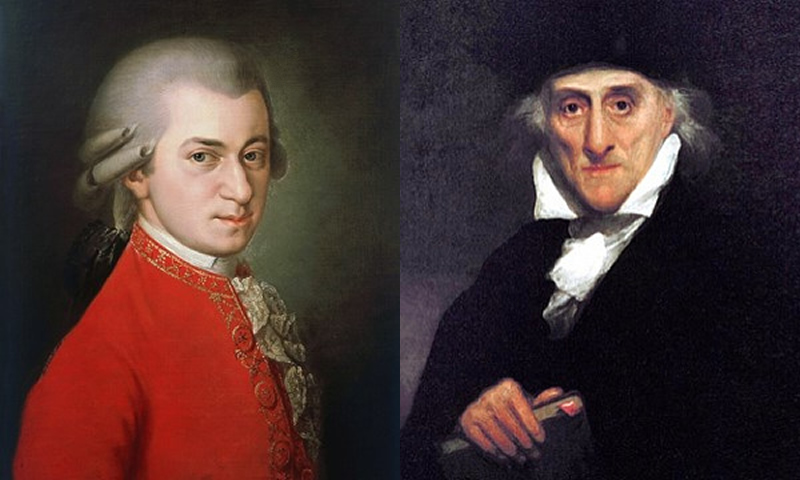Mozart – Da Ponte: the Operas
Dear visitor to my website,
At a later date, you will find a breakdown of the pronunciation of Mozart’s three Da Ponte operas on this portal. In the original text of Le Nozze di Figaro, Don Giovanni, and Così fan tutte, those aspects of Italian that cannot be derived from pronunciation rules are supplemented in color.
If you have already delved deeper into the secrets of articulating this language, you will know that this involves, in particular, correctly identifying the stressed open and closed E and O vowels, distinguishing between voiced and unvoiced S and Z consonants, and determining when to split and join words. And, of course, we’ll also be concerned with correctly placing the stresses and accents and fitting them into the performance with individual emphasis.
Even though Da Ponte in his verse form and Mozart in his musical elaboration of it have mostly clearly defined these last two aspects, it helps if you can understand and comprehend their decisions.
So whether you are a singer who needs to learn the parts, a conductor or director who requires detailed knowledge, or an enthusiast who appreciates the subtleties of the Italian idiom and is enchanted by its beauty, you will find something to suit you here.
Finally, we would like to point out some fascinating phenomena of adaptation that usually only become apparent to the more advanced observer, namely the assimilation of nasals on the one hand, and a condensation of sound at the beginning of words, which has entered linguistic discourse under the terms rafforzamento or raddoppiamento fonosintattico. Knowledge of all these possibilities will improve your command of Italian and pave the way to an authentic pronunciation that approximates that of native speakers.
The performance of our three masterpieces is thus not only reserved for Italian singers, who have often neglected them in favor of later, romantic alternatives by Giuseppe Verdi, Giaccomo Puccini, and others, but is also open to those who see Mozart’s unique synthesis of Da Ponte’s magnificent librettos as the beginning of modernism in opera, a narrative that reaches deep into human soul, transcending the purely tonal quality to become a psychological drama, a mirror of our perceptions, our relationships, and our emotions.
Each of the three operas will be presented as a flipbook, i.e., as an online PDF version, which has the advantage of adding color to the otherwise black original text. This provides you with the original and its translation as well as the additional critical coding. In all cases, you save yourself the trouble of looking up the correct stress and pronunciation of words in a dictionary or worrying about the due syllable division.
My system has already been implemented in another of my projects. I invite you to visit the website www.la-divina-commedia.com and browse at your leisure. The synopsis at the end of this website provides a concise overview of the individual parameters of pronunciation.
But now I ask you to be patient until I can present Mozart’s three operas in flipbook form, decoded accordingly.
Yours sincerely,
Dr. Matthias Junker
